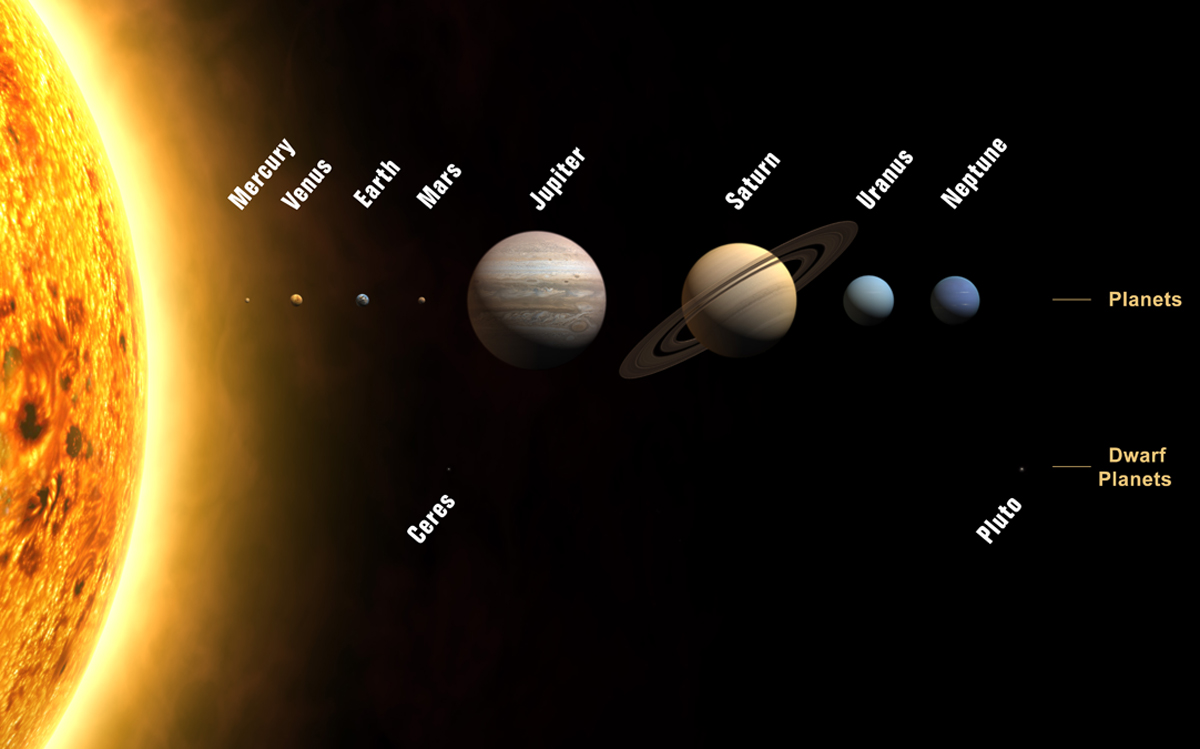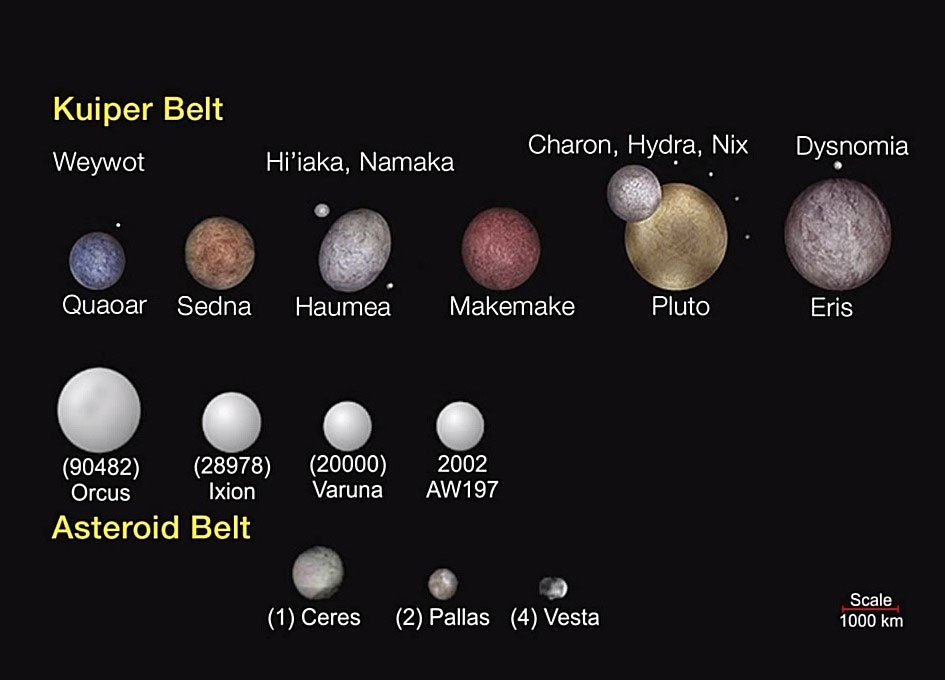
Cheers erupted at "Plutopalooza" parties all over the United States as the New Horizons spacecraft soared past the dwarf planet at 7:49 am EDT on Tuesday, July 14th. The historic encounter that brought the spacecraft within 7,800 miles of Pluto successfully ended the three billion mile journey that began almost a decade ago.
Among the revelers was New Horizons chief investigator Alan Stern. He and his team of researchers at the John Hopkins University Applied Physics Laboratory have been working for nine and a half years to make the historic flyby a reality. The victory was particularly gratifying given that just ten days prior to the flyby, the scientists briefly lost all contact with New Horizons. Fortunately, the autonomous pilot aboard the spacecraft was able to detect the problem and restore the connection.

Also thrilled was nine-year-old Brandon Naylor, a member of the "Pluto Pals", a group of children born on the day the New Horizons spacecraft was launched. He and other Pluto Pals were fortunate enough to witness the flyby in real-time, with the New Horizons team.
Though the celebrations began precisely at 7:49 AM EDT, the time when New Horizons was scheduled to flyby Pluto, researchers did not get confirmation that it had occurred until much later. That's because it takes radio signals traveling at the speed of light, four and half hours to traverse the three-billion-mile distance between Pluto and Earth.

NASA's New Horizons spacecraft was launched on January 19, 2006. Its mission was to learn more about the surface, geology, atmosphere, and interior makeup of Pluto, its three moons, Charon, Nix and Hydra, and other space objects residing in the Kuiper Belt region.
Since then it has crossed the orbits of several planets and even gotten a speed boost from Jupiter's gravity. Though the spacecraft began sending images of the tiny planet within just a few months after it launched, it was the close-up pictures that were of most interest.
Due to the distance between Earth and Pluto, it will take the scientists a full 16 months to download all the incredible images and data collected by New Horizons. However, they have already been able to reveal some fascinating information about the dwarf planet, including its exact size.

Turns out that Pluto has a diameter of 1,473 miles, not 1,430 miles as had been previously estimated. Though it is still just two-thirds the size of the moon and 1/6th that of Earth, the 43-mile increase did elevate Pluto to the king of the icy Kuiper belt it resides in.
The spacecraft also sent back detailed images of "Pluto's heart", a large heart-shaped crater-less plain on the planet's surface. Named the Tombaugh Regio after Pluto's discoverer, Clyde Tombaugh, it revealed a thin layer of frozen carbon dioxide. Will Grundy, a New Horizons co-investigator estimates it to be one centimeter thick but is unsure whether it is forming from above or upwelling from below.

Also unveiled were a slew of mountain ranges, some as high as 11,000 feet. This is pretty impressive given that they are probably made of solid ice! The lack of craters in the area means that it has still not been bombarded by the other objects in the Kuiper belt. This has led researchers to conclude that the mountains are "young" (less than 100 million years old) and may still be geologically active!
Additionally, some of the initial images appear to indicate the presence of wind streaks and geysers. If confirmed, it will lead to a better understanding of the atmosphere and geology of the dwarf planet.

New Horizons also collected copious amounts of data on Pluto's largest moon, Charon. The crisp images show deep canyons, steep cliffs, and no craters, which means that similar to some areas of Pluto, Charon is also fairly "young."
With images and data still coming in, exciting new features about the tiny planet that lies at the tail end of our solar system are being unveiled on a daily basis. Researchers believe that detailed information about Pluto, its moons, and the other dwarf planets that lie in the Kuiper belt, will help reveal the origins of our solar system.

As for New Horizons? In August, a NASA committee will decide whether to grant additional funding to extend its mission. Should that happen, the spacecraft will be steered towards one of three Kuiper Belt Objects (KBO's) - smaller icy primitive planets that were discovered by the Hubble telescope in 2014. If successful, the spacecraft will travel another billion miles and perform one more spectacular flyby in late 2018 or early 2019 - so stay tuned!
Resources: space.com, nasa.gov, wired.com, pluto.jhuapl.edu